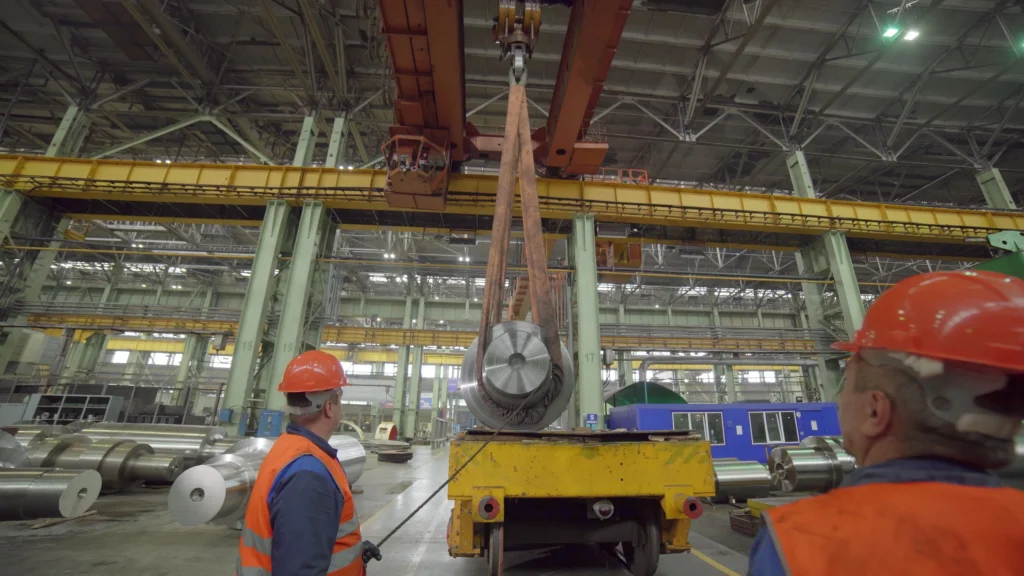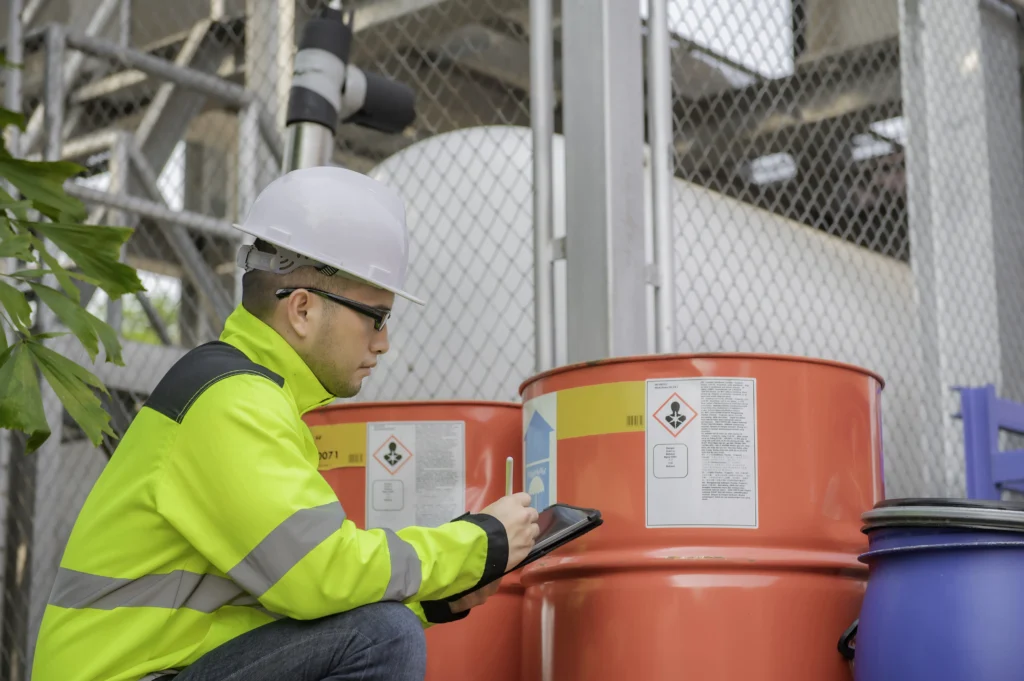Blog
10 Common Aerial Lift Mistakes and How to Avoid Them
Aerial lifts are essential for working at heights, but simple mistakes can lead to serious accidents. This article highlights the top aerial lift safety mistakes operators make and explains how to prevent them through proper inspections, fall protection, hazard awareness, and training.
Top 6 Rigging Techniques Every Operator Should Know
Safe rigging starts with the right techniques, communication, and inspections, key steps that prevent accidents, protect crews, and keep lifting operations efficient and secure.
Why Outdoor Workers Should Take a Bear Awareness Course Before Field Season
Outdoor workers face real risks in bear country. Bear awareness training equips crews with the knowledge to prevent danger, avoid costly incidents, and save lives.
Employer Responsibilities Under WHMIS 2025: What the Law Says
Employers have clear legal duties under WHMIS 2025, from labeling hazardous products and maintaining SDS to providing specific WHMIS training. This guide breaks down compliance requirements, training obligations, and common mistakes to avoid, helping you protect workers and stay compliant.
Top Violations in Ground Disturbance Projects and How to Avoid Them
Ground disturbance projects come with high risks if safety rules are ignored. From missing permits to poor trench support, learn the top violations in excavation and how your team can prevent them to ensure compliance and protect workers.
How to Conduct a Chainsaw Safety Audit on Your Jobsite
Conducting a chainsaw safety audit ensures your team uses the right safety gear, follows best practices, and avoids preventable injuries. Regular audits protect lives, prevent costly incidents, and build a strong safety culture.
Common Gas Hazards in the Workplace and How to Avoid Them
Gas hazards in the workplace, such as carbon monoxide, hydrogen sulfide, and methane, can be deadly if undetected. This guide explains the risks, real-world incidents, and proven safety measures—like detection systems, PPE, and training—to keep workers safe and operations compliant.
Tips for Drivers to Maximize Drive Time Without Breaking HOS Rules
HOS rules Canada are designed to combat fatigue and improve road safety. This guide offers practical strategies for truck drivers to stay compliant while optimizing drive time, including route planning, rest breaks, and ELD usage.
Top 5 TDG Compliance Mistakes to Avoid
Transporting dangerous goods isn’t just about getting from point A to B—it’s about doing it safely and legally. This article outlines the top five costly TDG compliance mistakes businesses make, from poor training to missing documentation, and shows you how to prevent...
Common Ladder Accidents and How to Prevent Them
Ladders are deceptively simple but lead to thousands of serious injuries each year. Learn about common ladder accidents, real-life case studies, and practical ladder safety tips to prevent falls, ensure OSHA compliance, and protect workers from avoidable hazards.
















